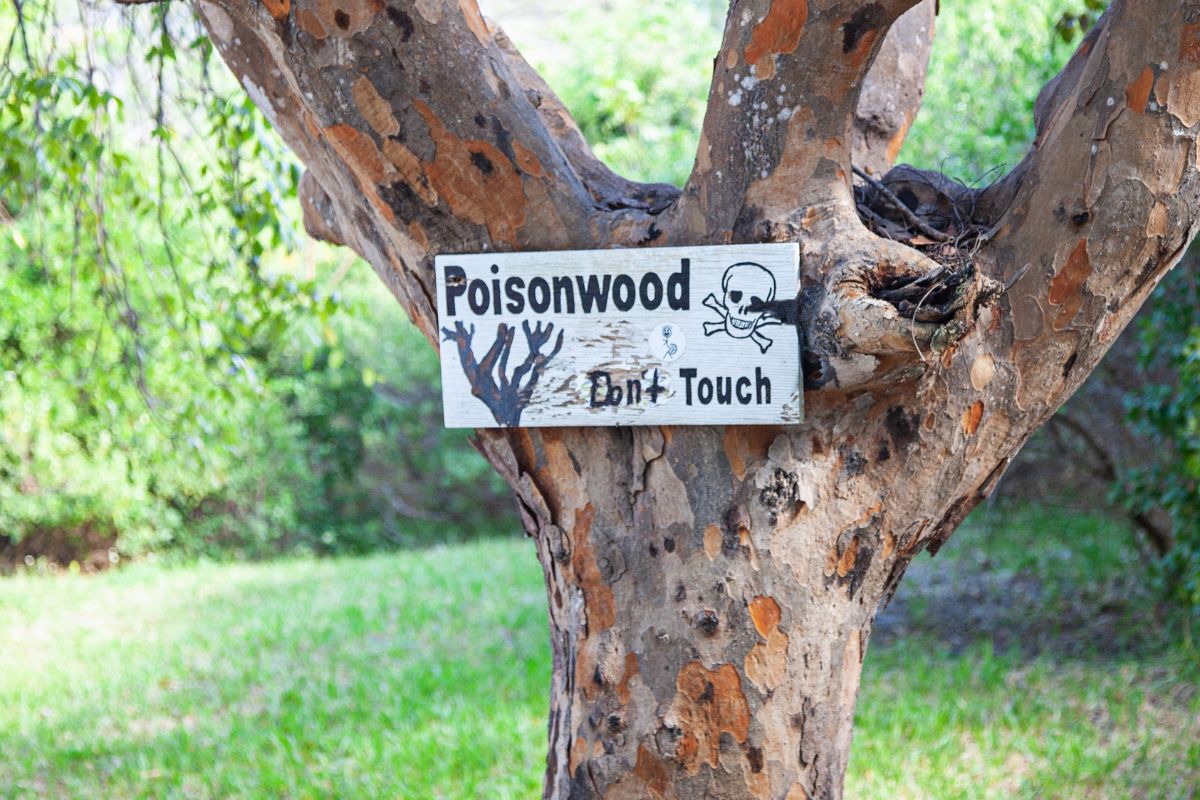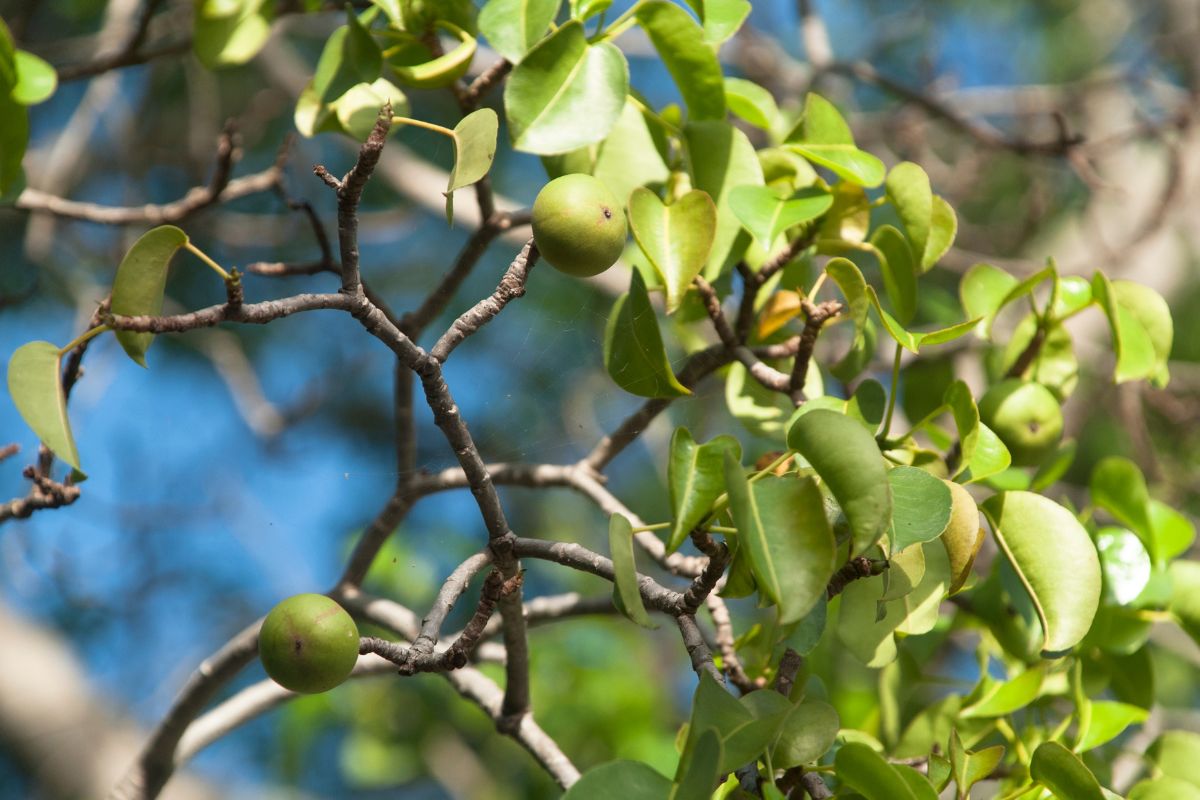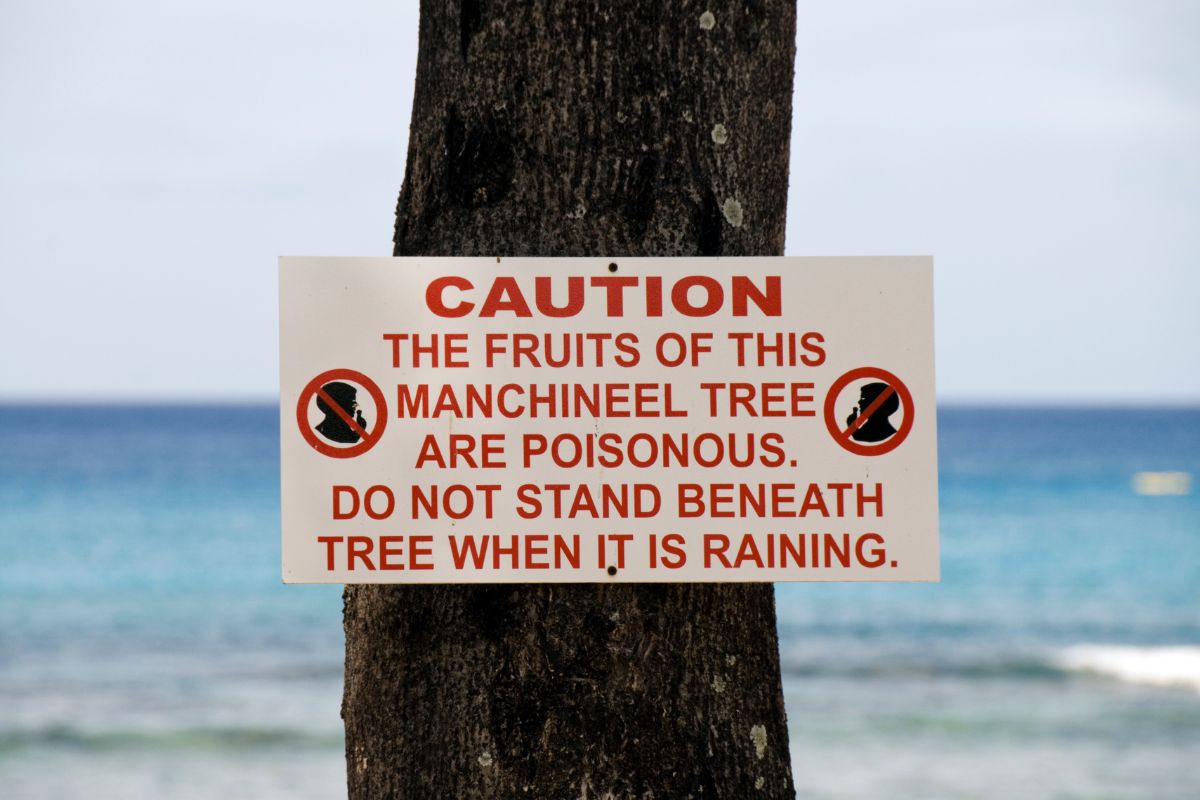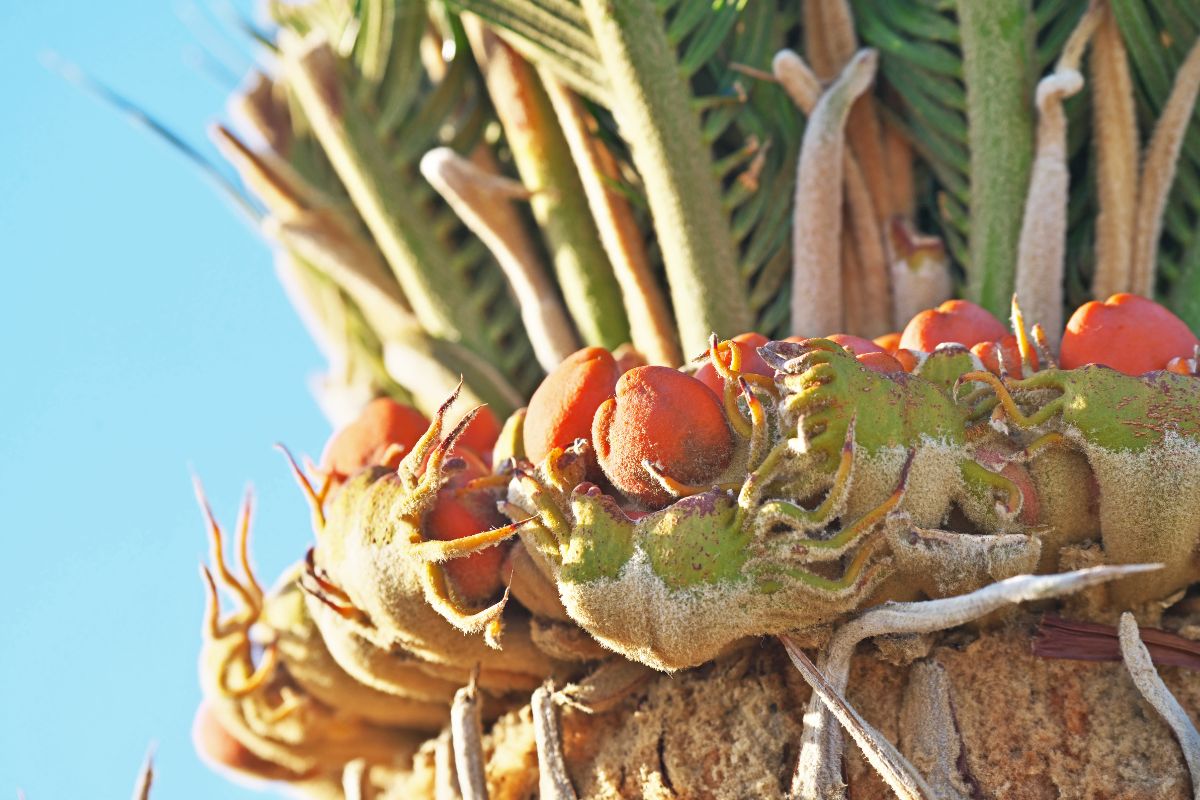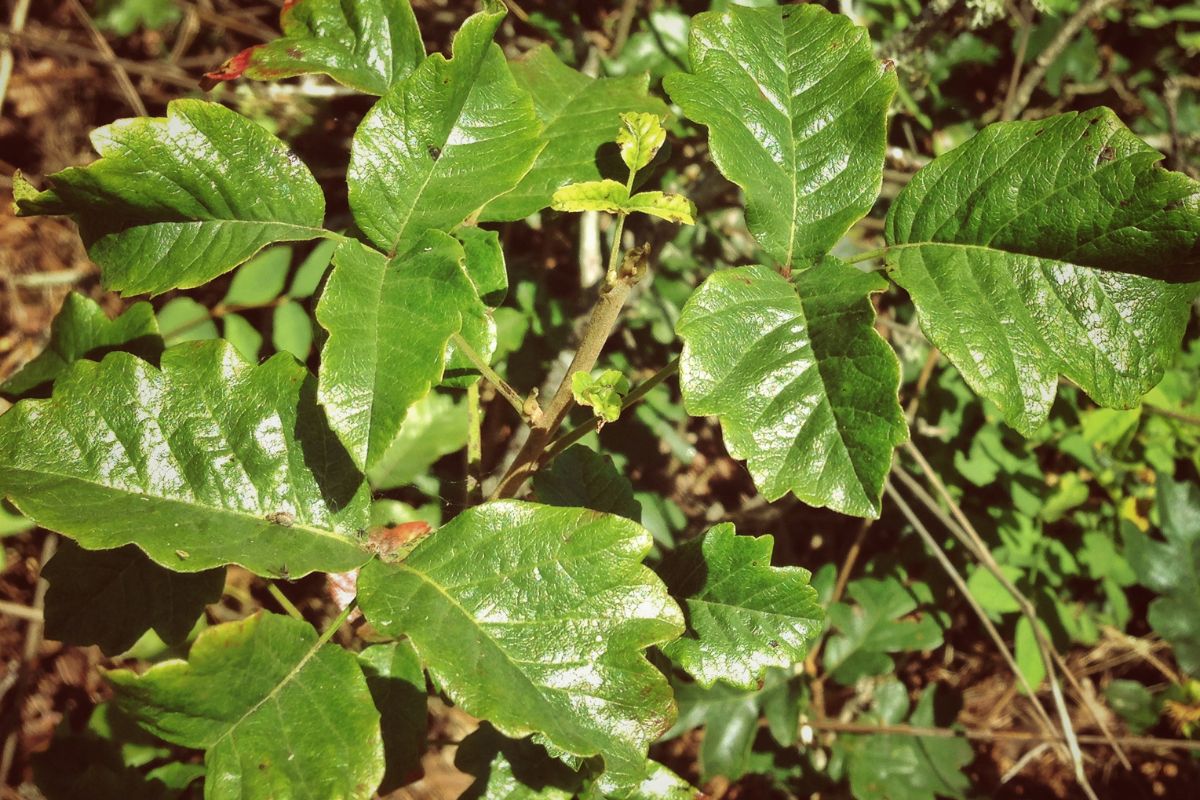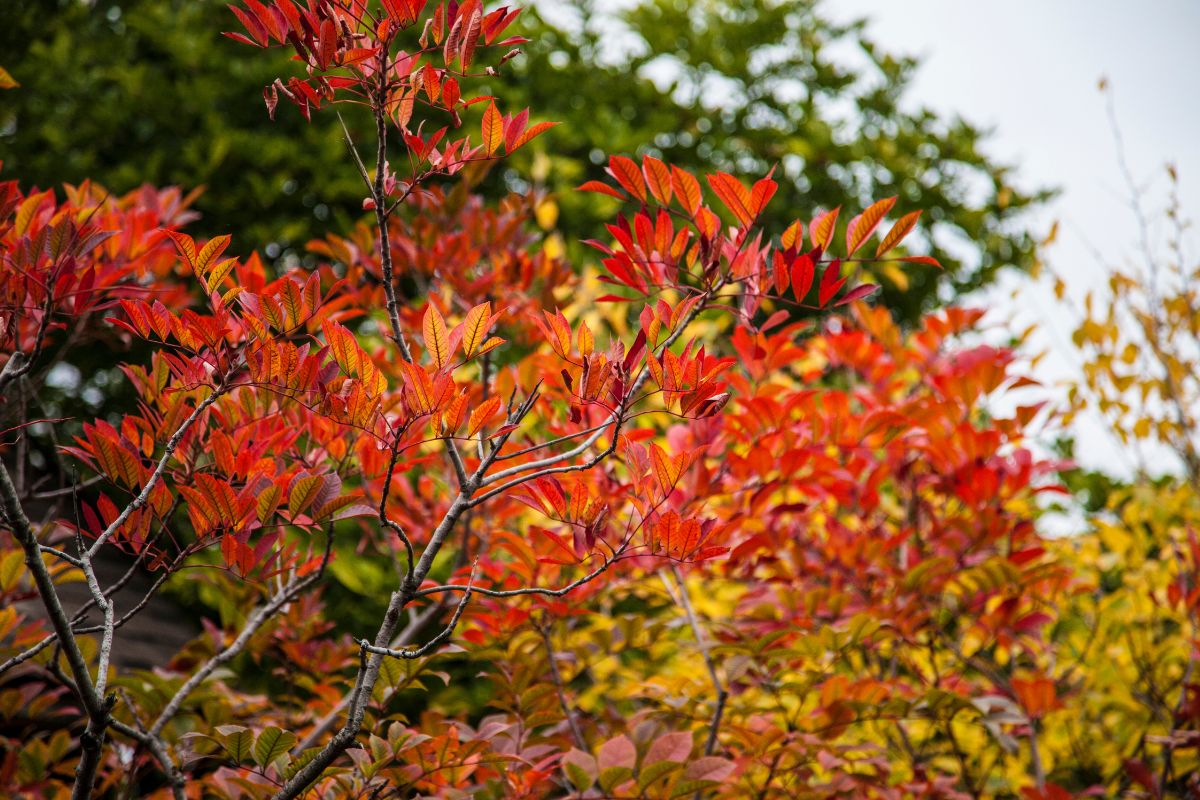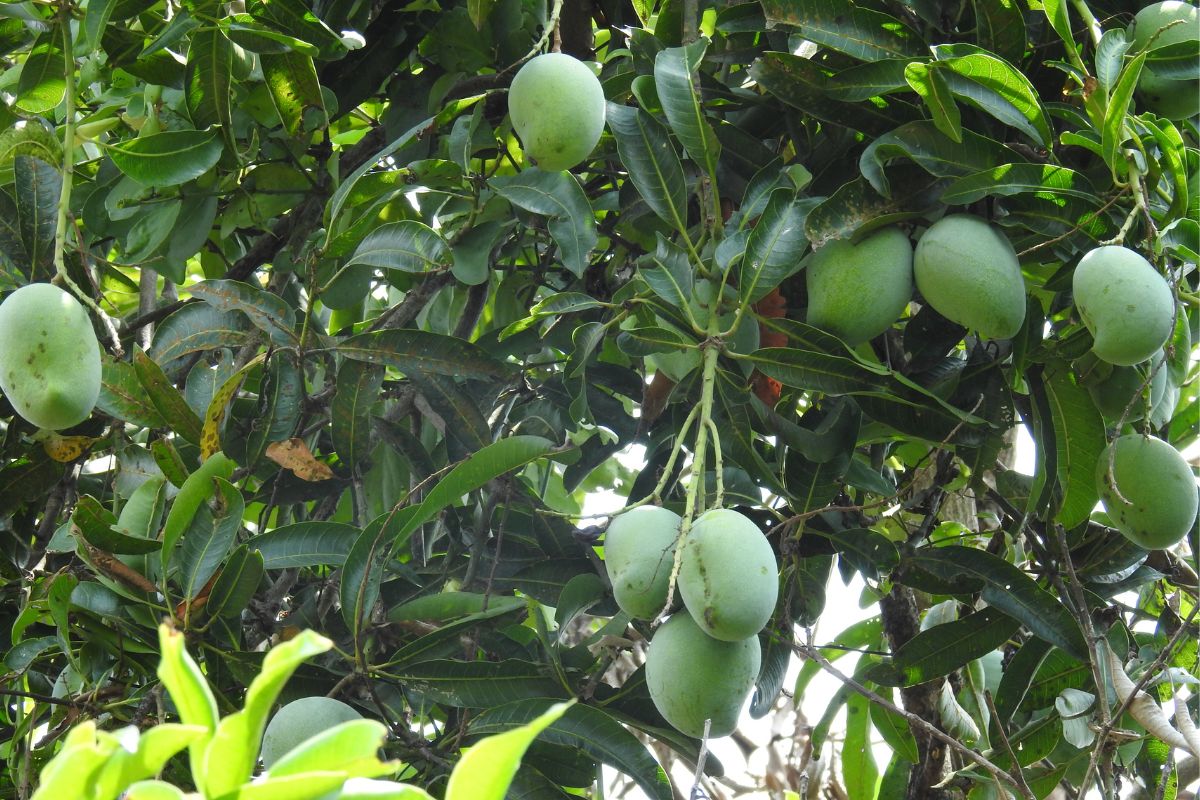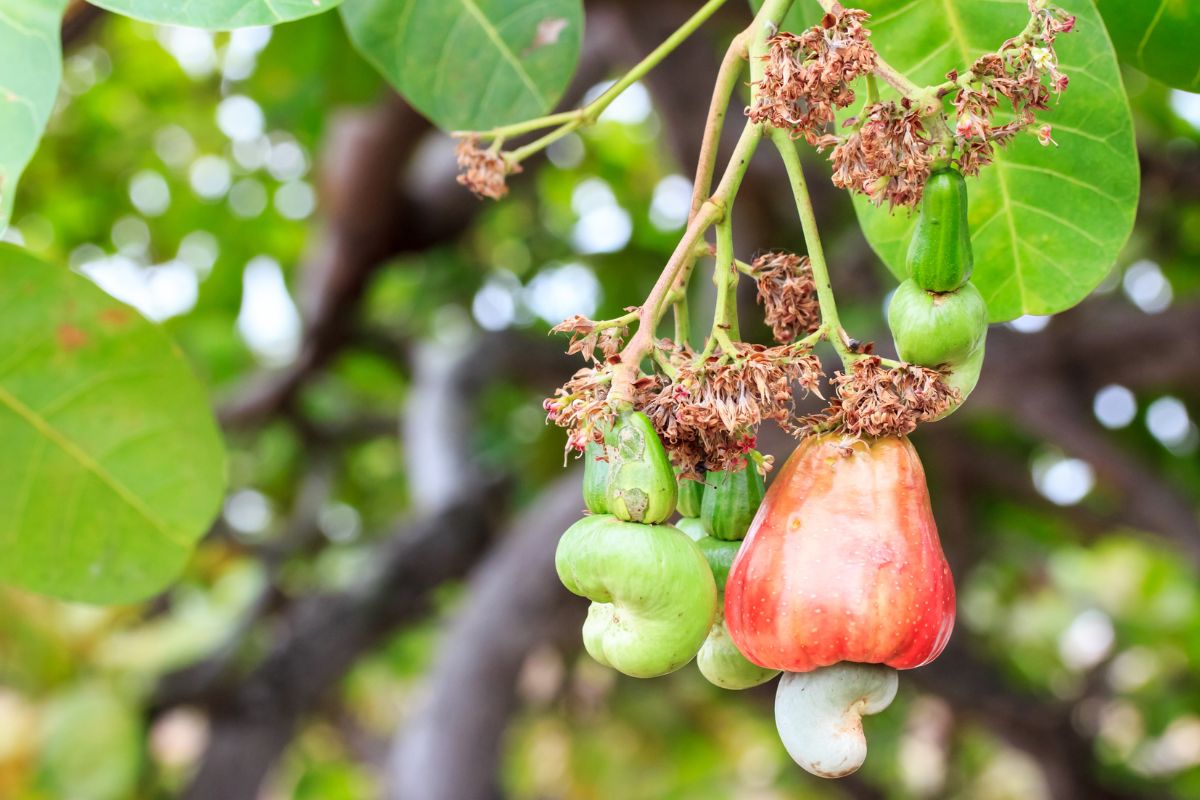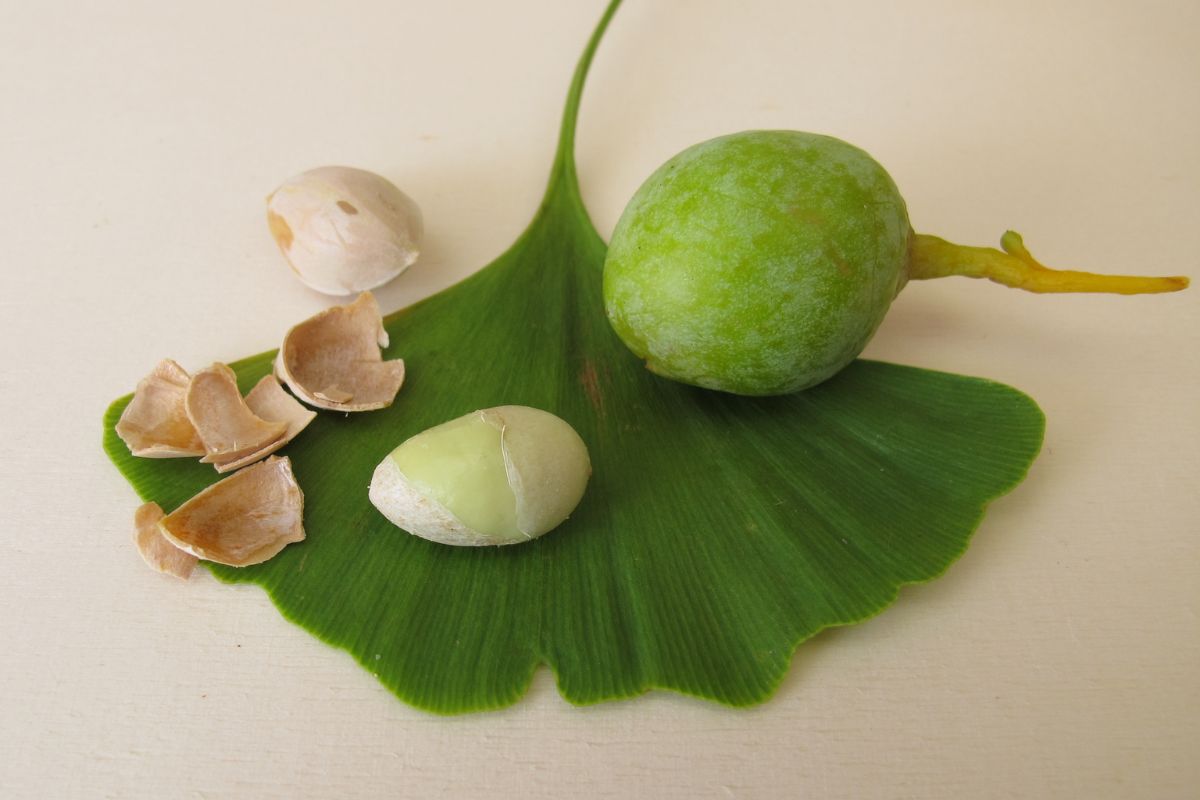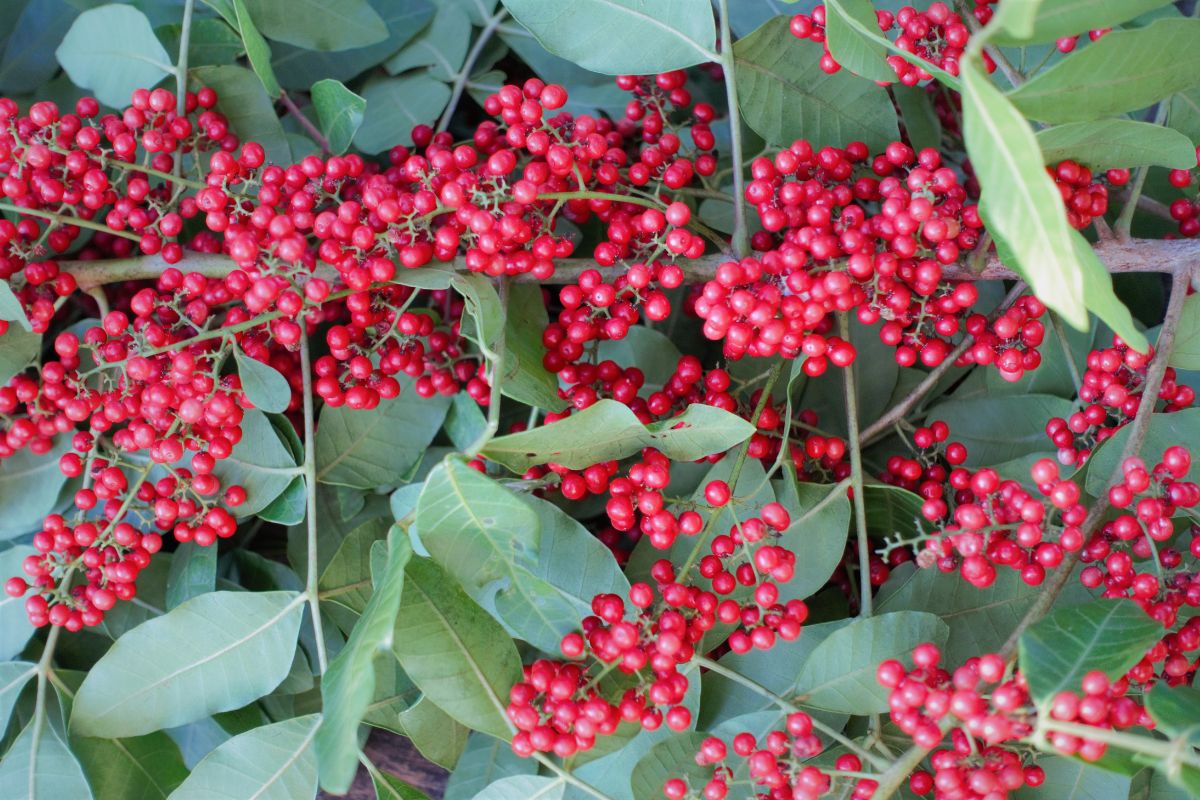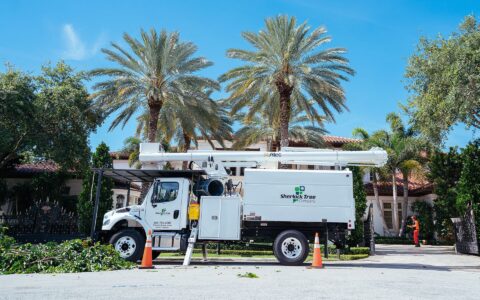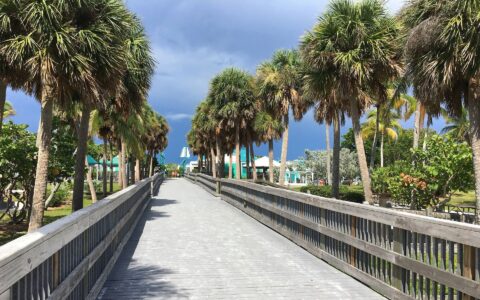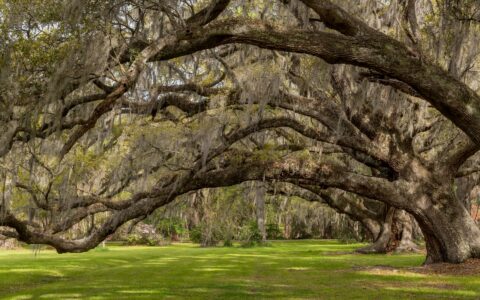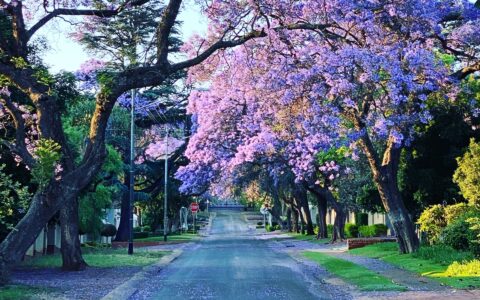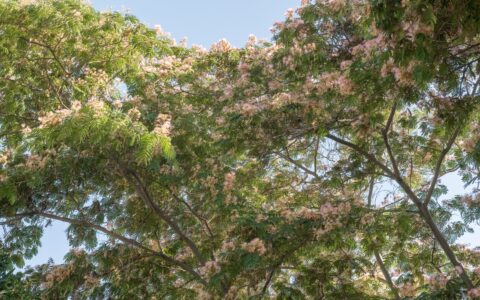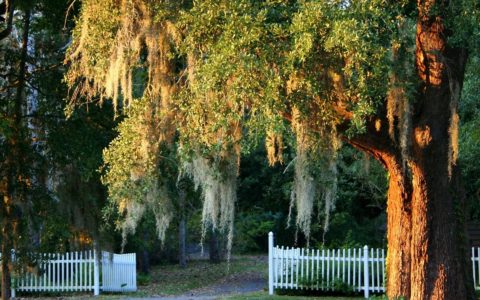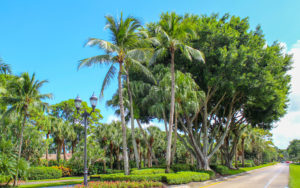South Florida is home to a variety of plant life – palms, ferns, trees, tropical plants, and flowers make up the diverse flora in our part of the world.
Trees in all of their forms are our specialty at Sherlock Tree, and, for many reasons, we encourage the planting and care of many native trees and are proud to offer many tree care services to further this goal.
Among all the beneficial aspects of trees, however, there are some potential issues. Thanks to the variety of trees that grow and thrive in Florida, some of them may pose risks to you, your family members, or even your pets.
In this article, we will go over some of the toxic, allergenic, and poisonous trees that can be found in our area and throughout the state of Florida. We will cover how to recognize these dangerous trees, what harmful effects they can have, and more.
Poisonwood Tree (Metopium toxiferum)
If you spot a tree whose trunk is covered with black spots that resemble oil, keep your distance! The black, oily spots are one of the characteristics of the poisonwood tree, aptly named because the black sap is considered 100 times more potent than poison ivy (it contains high levels of urushiol, which we cover more below). Growing 25 to 35 feet tall, this evergreen tree is found often in the Florida Keys.
As the black spots only appear on mature trees, you might also check the leaves. Poisonwood tree leaves are green with a bright yellow rim, and always look “droopy,” as if the tree is in need of a good watering.
The most dangerous part of this tree is the oily-looking sap, which can be on the trunk, a broken branch, or even the leaves.
If you see this tree in the wild, keep your distance! If you suspect it may be on your property, call Sherlock Tree to schedule an inspection where we can recommend the next steps.
Manchineel (Hippomane mancinella)
Even more dangerous than the poisonwood tree is the manchineel tree. Still found in areas including Everglades National Park and Key Largo Hammocks Botanical State Park, this tree can be deadly to anyone that approaches it.
Usually a tall shrub, the manchineel can reach heights of 50 feet. Look for red to gray bark that looks cracked, green fruit that looks like a tiny (1 to 2 inches) apple, and a white sap that could be leaking from any part of the tree.
View images of the manchineel fruit, flowers, and more here >>
It’s recommended that you don’t even stand under a manchineel tree, as it releases toxic fumes that can harm your eyes and throat – some people have experienced temporary blindness from being near one. If it is raining, the dripping water can transfer toxins to your skin.
Every single part of the manchineel tree is poisonous, including the fruit, which may be why Spanish explorers referred to this tree as the “little apple of death” or sometimes simply the “tree of death.” The fruit can be tempting, however, with some describing the scent and taste as similar to ripe plum.
Milky sap oozes from the tree and the leaves. Contact can, at best, cause burn-like blisters and, at worst, be fatal. Some suspect that the sap was used as the “poison” in some poison-tipped arrows. If someone chops down a manchineel tree and then decides to burn the wood, the toxic fumes created from the smoke can cause blindness.
Stay far, far away from this tree if you spot it anywhere, and contact Sherlock Tree if you find it on your property. While extremely dangerous, this tree is also considered an endangered species, so we can help you come up with a plan for its removal.
“The Manchineel is a Scary Tropical Tree That Can Kill You” from Southern Living
King Sago or Sago Palm (Cycas revoluta)
Though not nearly as dangerous as the poisonwood tree or the manchineel, sago palms are much more prominent on South Florida properties.
The problem with sago palms is their seeds, which are an all-too-common cause of poisoning in dogs. Technically all parts of the sago palm are poisonous, but the seeds, which are reddish-orange and around the size of a walnut, commonly fall to the ground and appear to be a tasty snack for our canine friends.
Sago palms contain the toxic compounds BMAA and cycasin. These toxins will harm anyone, human or animal. Reactions include fatal liver failure, cancer, and neurodegenerative diseases.
Use caution around this palm and remove seeds immediately if you have any pets or small children who are prone to chew on items that resemble food. The cardboard palm (Zamia furfuracea) and coontie palm (Zamia integrifolia) are also common in South Florida and have similar poisonous properties.
Contact Sherlock Tree if you’d like to remove and/or replace sago palms on your South Florida property.
Trees that Contain Urushiol
Urushiol is the oily resin found in plants such as poison ivy, poison oak, and other plants that cause rashes. The rest of the trees on this list all contain various levels of this irritant. While some people have extreme reactions to urushiol, others don’t react at all.
Most people, however, will develop a rash (allergic contact dermatitis) when they come in contact with urushiol.
Poison Oak (Toxicodendron pubescens)
Poison oak is more common in other states, but has been found in Florida (though typically in North or Central Florida, very rarely here in South Florida). It looks similar to poison ivy and is often a small shrub, growing to just a few feet tall.
The leaves are similar to other oak leaves and vary in color from reddish in the spring, green during summer, and then yellow and red in the fall.
Poison Sumac (Toxicodendron vernix)
Poison sumac is more allergenic than poison ivy or poison oak. This poisonous tree or shrub is common in Central Florida though has been found as far south as Polk County. Poison sumac grows 5 to 20 feet tall and the fall leaves turn reddish-orange.
Mango trees (Mangifera indica L.)
Native to India and Southeast Asia, mango trees are a popular fruit tree in South Florida landscapes. Small pinkish-white flowers can bloom from December through April.
Like others on this list, all parts of a mango tree contain urushiol, including the leaves, branches, and roots.
To prevent rashes from mangos, it is recommended that you wash a mango with water and a scrub brush before peeling off the skin. If you still have a reaction, rubbing alcohol can help if applied within four hours of exposure.
Cashew Tree (Anacardium occidentale)
Native to Brazil, cashew trees are in the same family as mango trees (and poison ivy). This medium-sized (20 to 40 foot) evergreen tree produces seeds (cashews) that are often referred to as a nut.
Most of the urushiol in cashew trees is found on the outer shell of cashew seeds, which can make shelling the seeds difficult. If there is contact, severe blistering can impact your skin. Many commercial cashew growers use special machinery to avoid any human contact with the cashew seed shells.
According to the University of Florida, “Homeowners should not attempt shelling and consuming the cashew nut produced by cashew trees grown in the home landscape… [The urushiol] oil is poisonous and acts as a powerful vesicant, causing extensive blistering of the skin (dermatitis). Removal of the kernel from raw nuts requires special precautions and procedures. The sap from the wood, leaves, and flowers may also cause dermatitis, and the smoke from burning any part of the tree is poisonous.”
Ginkgo Tree (Ginkgo biloba)
Ginkgo trees overall have very few issues and are generally considered beautiful street trees with striking fall foliage. Ginkgo trees are not in the same family as poison oak and poison ivy, but the nuts from female ginkgo trees contain urushiol.
While this shouldn’t impact your choice of the tree on your property, it is something to be aware of. Ginkgo tree nuts are harvested and made into ginkgo biloba supplements. If you’ve reacted to any of the other urushiol-containing plants, you might want to limit your exposure to ginkgo biloba supplements.
Brazilian Pepper Tree (Schinus terebinthifolia)
The Brazilian pepper tree is not only allergenic but also invasive. Known for its attractive fruit, which resembles bright red berries, it is sometimes called the “Christmas berry” or “Florida Holly.”
It is against the law to sell or plant Brazilian pepper trees in Florida, but that doesn’t mean that you won’t find them in our area.
This tree, which can cause skin irritation, breathing problems, and allergic reactions, is also prolific and has spread across Florida. It can be hard to remove as it resprouts from the roots.
Controlling and Removing Toxic, Dangerous, or Allergenic Trees
The trees listed above are not an exhaustive list but do cover some of the more common dangerous trees that you may find in and around your South Florida property.
If you find any of these trees and decide it is best to remove and/or replace them, contact Sherlock Tree to schedule an assessment.
The tree professionals at Sherlock Tree have the knowledge, equipment, and experience to safely remove any of these trees and can suggest what to plant instead.
Call Sherlock for quality tree services
Whether you're looking for specific tree care services, such as palm trimming, tree removal, or disease treatments, or would like one of our Arborists to examine your trees to identify any issues and recommend options, we're always here for you! Just give us a call at 954-788-4000 to set up an appointment.
SEE MORE ARTICLES
Looking for more?
We've got you covered with a monthly newsletter full of tips, resources, updates, how-to's, and other helpful information about trees and landscapes in South Florida!

